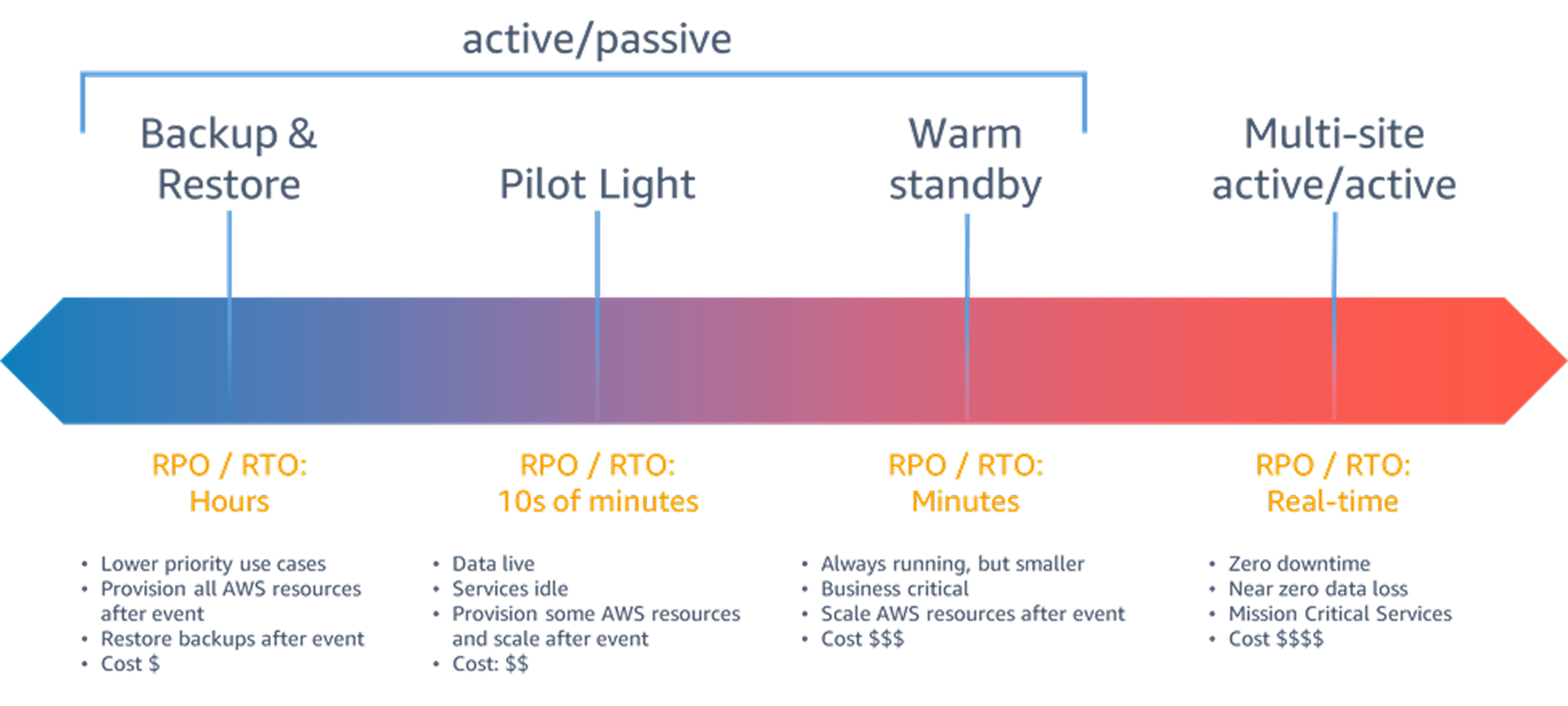AWS: The Real Cost of Cloud – Lessons from Failed Migrations
Posted On: September 1, 2025 | 3 min read
Introduction
Cloud adoption promises scalability, flexibility, and lower costs — but reality doesn’t always match the hype. Many organisations migrating to AWS (or any cloud) discover unexpected costs and sometimes even fail to achieve their goals.
Why does this happen? And what can we learn from failed migrations? Let’s break it down.
The Hidden Costs of Cloud
- Lift-and-Shift Without Optimisation
- Simply moving existing workloads to AWS without redesigning them often leads to higher bills.
- Legacy applications aren’t built to take advantage of cloud elasticity.
- Data Transfer Fees
- Moving large volumes of data in/out of AWS can rack up costs quickly.
- Many teams underestimate egress charges until the first invoice.
- Over-Provisioning
- Teams spin up large EC2 instances “just to be safe” and forget to right-size later.
- This eliminates one of the biggest cloud benefits: pay for what you use.
- Poor Governance
- Without cost monitoring or tagging, unused resources (zombie VMs, idle databases) silently drain budgets.
Common Pitfalls in Failed Cloud Migrations
- No Clear Strategy → “Let’s move everything” without prioritising workloads.
- Ignoring Culture Change → Teams still work like on-premises, treating cloud as “just another data center.”
- Security & Compliance Issues → Rushing to migrate sensitive data without proper guardrails.
- Vendor Lock-In Misunderstanding → Adopting cloud-native services without planning for portability.
Lessons Learned from Failures
- Start Small, Scale Gradually
- Begin with non-critical workloads, measure cost/performance, then expand.
- Design for the Cloud, Not in Spite of It
- Use autoscaling, serverless (Lambda), and managed services instead of lifting monoliths.
- Prioritise Governance
- Enforce tagging policies, budgets, and cost alerts from day one.
- Optimise Data Strategy
- Minimise unnecessary transfers; consider caching, edge services, or hybrid models.
- Upskill Teams Early
- Migration is as much about people as technology. Train teams on cloud-native practices.
Pro Tip
Don’t measure success only by “did the migration complete?” — measure it by cost savings, performance gains, and business agility. Otherwise, you’re just moving problems from your data center into AWS.
Takeaway
Cloud isn’t automatically cheaper or easier. AWS gives you the tools, but poor planning leads to runaway costs. Failed migrations teach us that success comes from redesigning workloads, managing governance, and aligning cloud adoption with business goals.
The cloud is not just a destination — it’s a new operating model.



No comments yet. Be the first to comment!